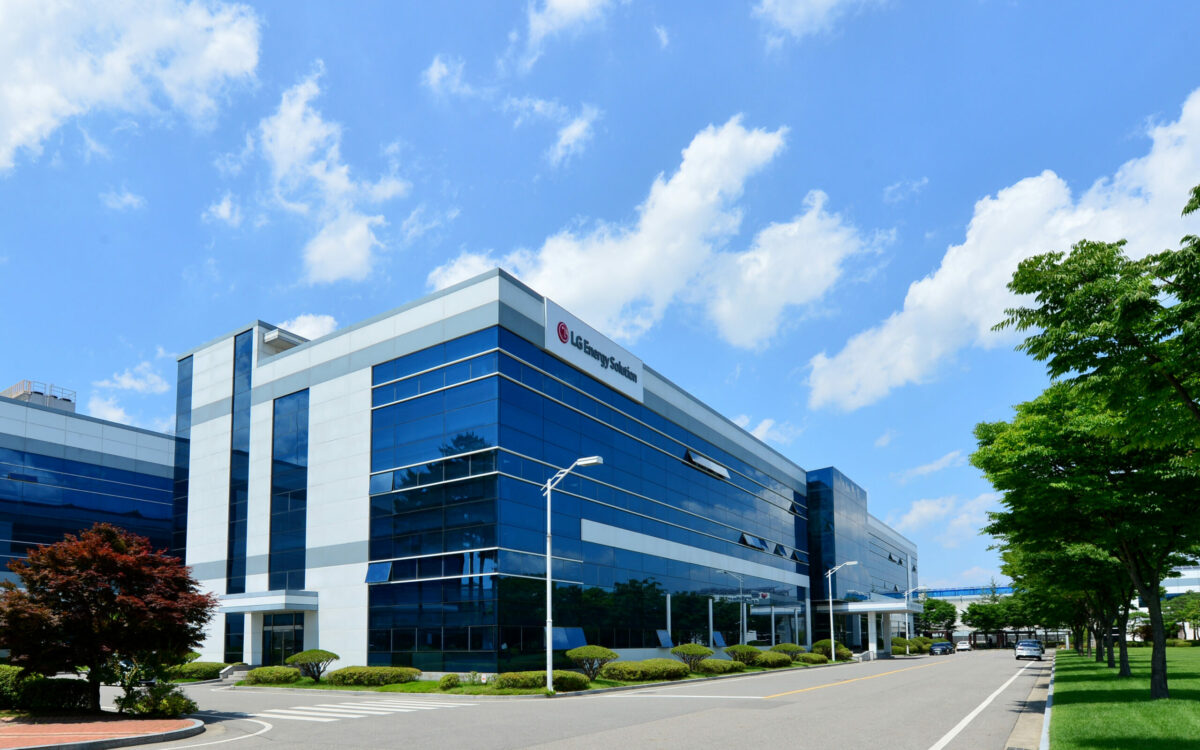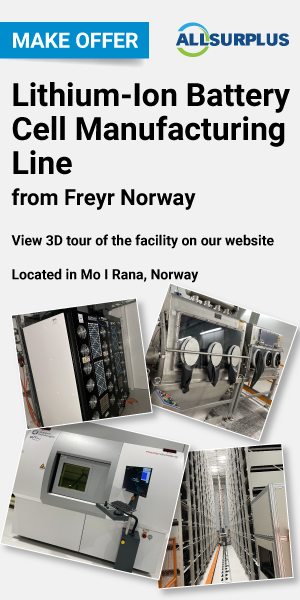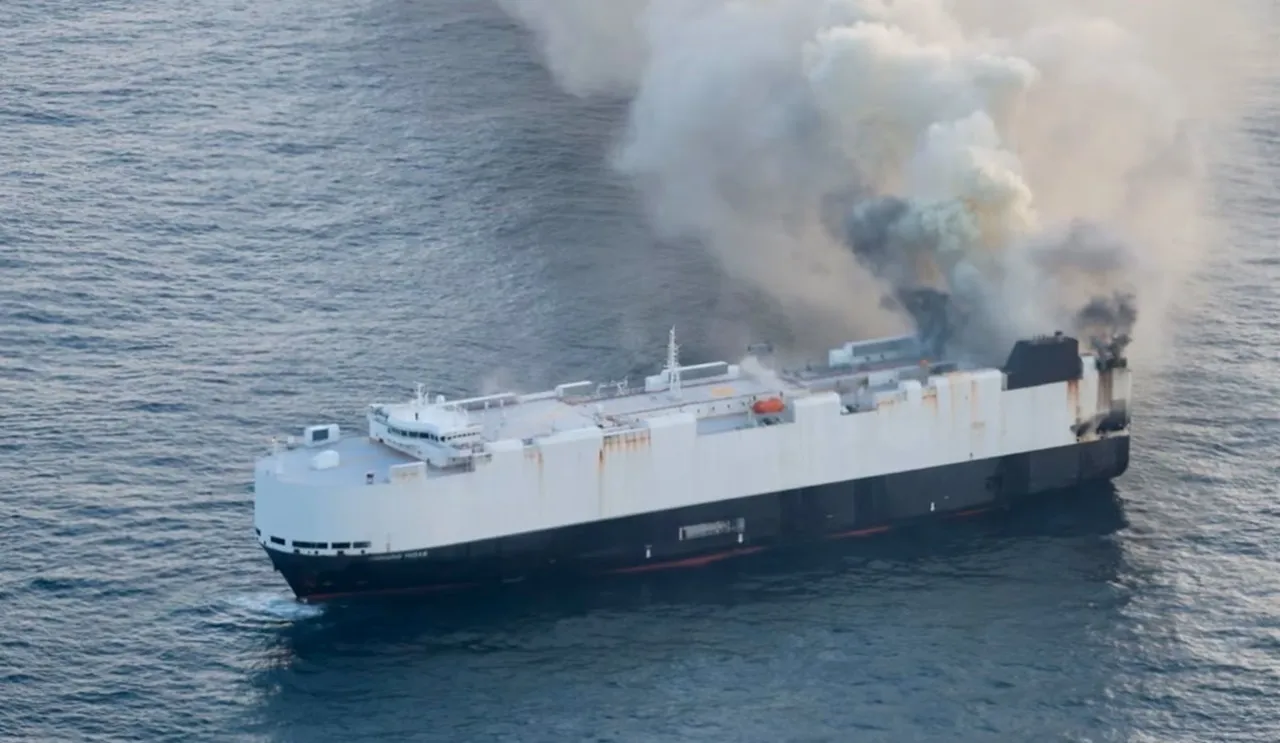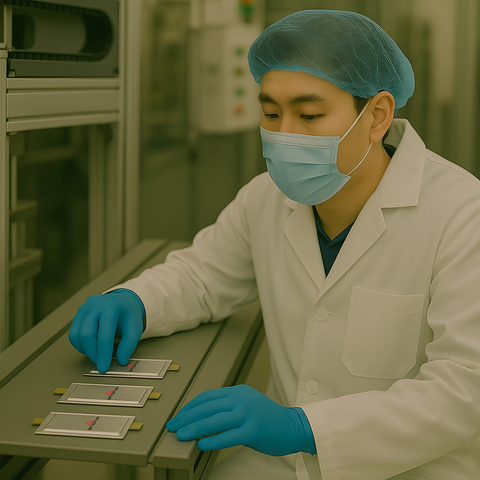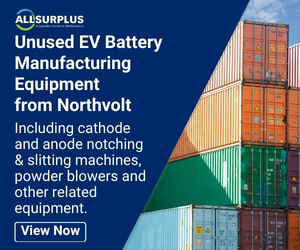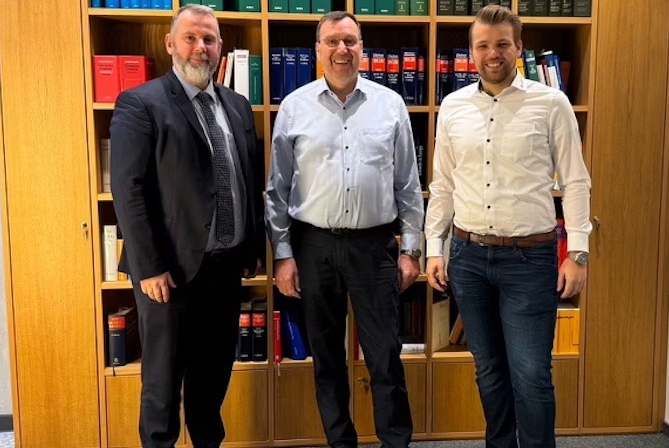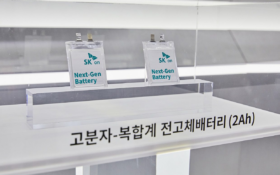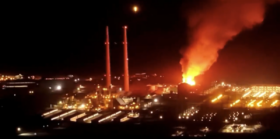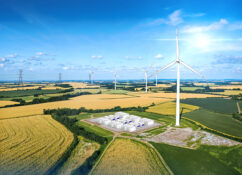LG Energy Solution (LGES) is scaling back battery production and investments due to the slow-down in global demand for electric vehicles (EVs), it said in its Q2 earnings report.
Consolidated revenue came to ₩6.16 trillion ($5.8 billion), up 0.5% from the previous quarter, but down 29.8% year-on-year. Operating profit was up 24.2% to ₩195.3 billion ($17 million), but was down 57.6% from a year earlier, with a 3.2% profit margin.
New EV model launches helped revenues, as did demand for ESS batteries for power grids, it said. Volume growth in North America meant the IRA tax credit effect more than doubled from the previous quarter. It amounted to ₩447.8 billion ($38 million) and without it, the company’s Q2 operating result would have been a ₩252.5 billion ($20 million) loss, it said.
LGES diversified its product range and landed new supply agreements in EV and ESS sectors. They included supplying Renault Group’s Ampere for LFP batteries, a segment dominated by Chinese battery manufacturers.
The slow EV market growth means LGES cuts its revenue forecast by more than 20% from last year and has lowered its expected capacity eligible for IRA tax credits from 45-50GWh to 30-35GWh.
It expects a “meaningful increase” in shipments in line with rising demand in North America and Europe from new EV models. It also sees a rise in demand for premium pouch-type mobility and IT batteries. Power grid projects will also boost ESS demand.
It will adjust ramp-up speed, scale down investment and convert lines to other applications.
It said it will launch 4680 cell production and expand production of ESS LFP batteries, as well as set up pilot lines for dry electrode production in its Ochang facility in South Korea.
Reuters reported the company is in talks with about three Chinese suppliers to produce low-cost EV batteries for Europe.

